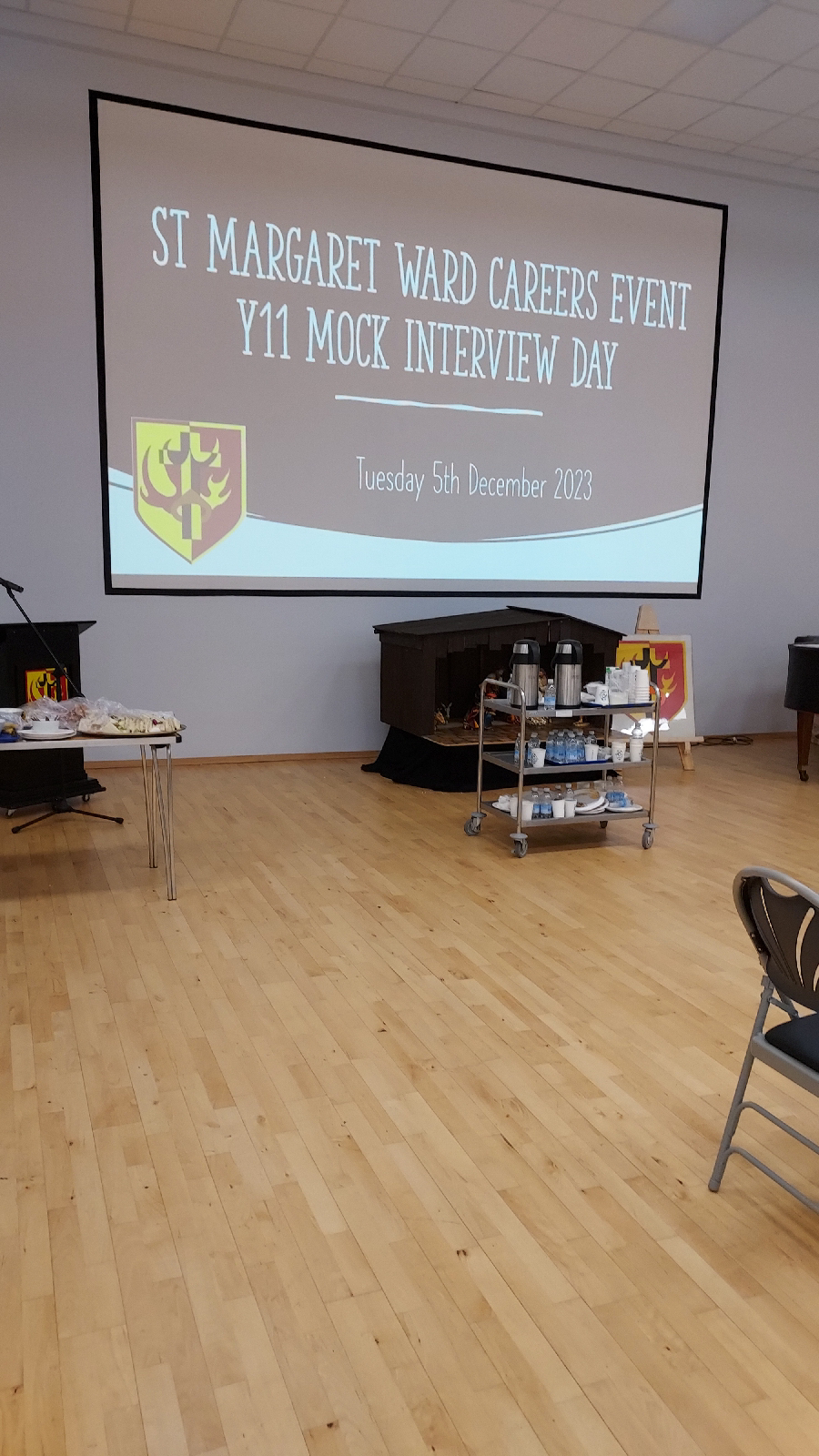Group A:
D12: Serbia, Denmark, Mexico
D6: Saudi [Arabia], USA, Cameroon,
D12: Croatia, Switzerland
D20: Spain, England, Germany, France
Group C:
D6: Tunisia
D12: S Korea, Senegal, Japan
D20: Netherlands, Uruguay
Group D:
D6: Scotland, Ghana, Canada, Wales, Morocco
D20: Brazil
Group E:
D6: Ecuador
D12: Iran, Poland
D20: Portugal, Argentina, Belgium
GROUP A
|
Serbia |
1 |
USA |
3 |
|
Cameroon |
2 |
Denmark |
2 |
|
Mexico |
2 |
Saudi |
1 |
|
Serbia |
3 |
Cameroon |
2 |
|
USA |
3 |
Mexico |
1 |
|
Denmark |
2 |
Saudi |
1 |
|
Serbia |
4 |
Denmark |
3 |
|
USA |
1 |
Saudi |
0 |
|
Mexico |
3 |
Cameroon |
1 |
|
Serbia |
4 |
Mexico |
1 |
|
USA |
1 |
Denmark |
3 |
|
Saudi |
0 |
Cameroon |
3 |
|
Serbia |
1 |
Saudi |
1 |
|
Cameroon |
3 |
USA |
0 |
|
Denmark |
2 |
Mexico |
4 |
|
Spain |
3 |
Croatia |
1 |
|
Switzerland |
3 |
England |
3 |
|
Germany |
1 |
France |
3 |
|
Spain |
5 |
Switzerland |
2 |
|
Croatia |
4 |
Germany |
0 |
|
England |
5 |
France |
2 |
|
Spain |
3 |
England |
2 |
|
Croatia |
0 |
France |
2 |
|
Switzerland |
4 |
Germany |
3 |
|
Spain |
1 |
Germany |
1 |
|
Croatia |
2 |
England |
5 |
|
France |
5 |
Switzerland |
3 |
|
Spain |
3 |
France |
5 |
|
Croatia |
2 |
Switzerland |
1 |
|
England |
5 |
Germany |
0 |
|
South Korea |
2 |
Senegal |
3 |
|
Japan |
4 |
Netherlands |
2 |
|
Uruguay |
4 |
Tunisia |
3 |
|
South Korea |
2 |
Japan |
1 |
|
Senegal |
4 |
Uruguay |
1 |
|
Tunisia |
0 |
Netherlands |
5 |
|
South Korea |
1 |
Netherlands |
4 |
|
Japan |
3 |
Uruguay |
0 |
|
Senegal |
1 |
Tunisia |
2 |
|
South Korea |
2 |
Uruguay |
3 |
|
Japan |
1 |
Tunisia |
0 |
|
Netherlands |
0 |
Senegal |
2 |
|
South Korea |
2 |
Tunisia |
3 |
|
Senegal |
4 |
Japan |
0 |
|
Uruguay |
2 |
Netherlands |
4 |
|
Brazil |
0 |
Scotland |
3 |
|
Morocco |
2 |
Canada |
2 |
|
Wales |
1 |
Ghana |
2 |
|
Brazil |
1 |
Morocco |
0 |
|
Scotland |
2 |
Wales |
2 |
|
Canada |
0 |
Ghana |
0 |
|
Brazil |
2 |
Canada |
2 |
|
Scotland |
3 |
Ghana |
3 |
|
Wales |
0 |
Morocco |
2 |
|
Brazil |
0 |
Wales |
1 |
|
Scotland |
2 |
Canada |
3 |
|
Ghana |
2 |
Morocco |
1 |
|
Brazil |
0 |
Ghana |
0 |
|
Scotland |
0 |
Morocco |
2 |
|
Wales |
0 |
Canada |
2 |
|
Iran |
3 |
Portugal |
3 |
|
Argentina |
2 |
Belgium |
5 |
|
Ecuador |
1 |
Poland |
4 |
|
Iran |
3 |
Argentina |
5 |
|
Portugal |
3 |
Ecuador |
1 |
|
Belgium |
2 |
Poland |
3 |
|
Iran |
4 |
Belgium |
2 |
|
Portugal |
4 |
Poland |
1 |
|
Ecuador |
2 |
Argentina |
1 |
|
Iran |
3 |
Ecuador |
0 |
|
Portugal |
4 |
Belgium |
3 |
|
Poland |
2 |
Argentina |
2 |
|
Iran |
1 |
Poland |
4 |
|
Portugal |
5 |
Argentina |
2 |
|
Ecuador |
0 |
Belgium |
3 |
Final tables (this game is a statistician's or an analyst's dream!)
|
GROUP A |
||||||||
|
Team |
P |
W |
D |
L |
F |
A |
GD |
Pts |
|
Serbia |
5 |
3 |
1 |
1 |
13 |
10 |
3 |
10 |
|
Mexico |
5 |
3 |
0 |
2 |
11 |
11 |
0 |
9 |
|
USA |
5 |
3 |
0 |
2 |
8 |
8 |
0 |
9 |
|
Cameroon |
5 |
2 |
1 |
2 |
11 |
8 |
3 |
7 |
|
Denmark |
5 |
2 |
1 |
2 |
12 |
12 |
0 |
7 |
|
Saudi |
5 |
0 |
1 |
4 |
3 |
9 |
-6 |
1 |
|
GROUP B |
||||||||
|
Team |
P |
W |
D |
L |
F |
A |
GD |
Pts |
|
France |
5 |
4 |
0 |
1 |
17 |
12 |
5 |
12 |
|
England |
5 |
3 |
1 |
1 |
20 |
10 |
10 |
10 |
|
Spain |
5 |
3 |
1 |
1 |
15 |
11 |
4 |
10 |
|
Croatia |
5 |
2 |
0 |
3 |
9 |
11 |
-2 |
6 |
|
Switzerland |
5 |
1 |
1 |
3 |
13 |
18 |
-5 |
4 |
|
Germany |
5 |
0 |
1 |
4 |
5 |
17 |
-12 |
1 |
|
GROUP C |
||||||||
|
Team |
P |
W |
D |
L |
F |
A |
GD |
Pts |
|
Senegal |
5 |
4 |
0 |
1 |
14 |
5 |
9 |
12 |
|
Netherlands |
5 |
3 |
0 |
2 |
15 |
9 |
6 |
9 |
|
Japan |
5 |
3 |
0 |
2 |
9 |
8 |
1 |
9 |
|
Tunisia |
5 |
2 |
0 |
3 |
8 |
13 |
-5 |
6 |
|
Uruguay |
5 |
2 |
0 |
3 |
10 |
16 |
-6 |
6 |
|
South Korea |
5 |
1 |
0 |
4 |
9 |
14 |
-5 |
3 |
|
GROUP D |
||||||||
|
Team |
P |
W |
D |
L |
F |
A |
GD |
Pts |
|
Canada |
5 |
2 |
3 |
0 |
9 |
6 |
3 |
9 |
|
Ghana |
5 |
2 |
3 |
0 |
7 |
5 |
2 |
9 |
|
Morocco |
5 |
2 |
1 |
2 |
7 |
5 |
2 |
7 |
|
Scotland |
5 |
1 |
2 |
2 |
10 |
10 |
0 |
5 |
|
Brazil |
5 |
1 |
2 |
2 |
3 |
6 |
-3 |
5 |
|
Wales |
5 |
1 |
1 |
3 |
4 |
8 |
-4 |
4 |
|
GROUP E |
||||||||
|
Team |
P |
W |
D |
L |
F |
A |
GD |
Pts |
|
Portugal |
5 |
4 |
1 |
0 |
19 |
10 |
9 |
13 |
|
Poland |
5 |
3 |
1 |
1 |
14 |
10 |
4 |
10 |
|
Iran |
5 |
2 |
1 |
2 |
14 |
14 |
0 |
7 |
|
Belgium |
5 |
2 |
0 |
3 |
15 |
13 |
2 |
6 |
|
Argentina |
5 |
1 |
1 |
3 |
12 |
17 |
-5 |
4 |
|
Ecuador |
5 |
1 |
0 |
4 |
4 |
14 |
-10 |
3 |
Notes:
Serbia (D12), France (D20), Sengal (D6), Canada (D6) and Portugal (D20).
Serbia vs Netherlands
France vs Senegal
Canada vs Portugal
Mexico vs Ghana
France 2 Senegal 1
Canada 1 Portugal 2
Mexico 1 Ghana 1 (Mexico 11-10 on penalties)
The Semi Finals, drawn from the four winners
Netherlands vs France
Portugal vs Mexico (who have done surprisingly well)
Netherlands 4 - France 5
Portugal 4 - Mexico 4 (Portugal win 3-2 on penalties)
The Final was unsurprisingly between two D20 teams, France and Portugal.
France 2 - Portugal 1
Although I've described the teams as D6, D12 and D20, the dice aren't normal dice with values 1-6, 1-12 or 1-20. Most football matches don't end with scores like Liverpool 18 - Man Utd 11. The dice have duplicated numbers - here are the values for their sides:
D6: 0, 1, 1, 2, 2, 3 --> mean = 1.5
D12: 0, 1, 1, 1, 2, 2, 2, 3, 3, 4 --> mean = 1.58 (19/12)
D20: 0, 0, 1, 1, 1, 2, 2, 2, 2, 3, 3, 3, 3, 4, 4, 4, 4, 5, 5, 5 --> mean = 2.7 (54/20)
In a future post, I'll play a cricket-by-dice game, and compare the results!
Checkout Conversion: A Penalty Shootout
When should you switch off an A/B test?
The Importance of Being Earnest with your KPIs
Should Chelsea sack Jose Mourinho? (It was a relevant question at the time, and I looked at what the data said)
How Exciting is the English Premier League? what does the data say about goals per game?




























